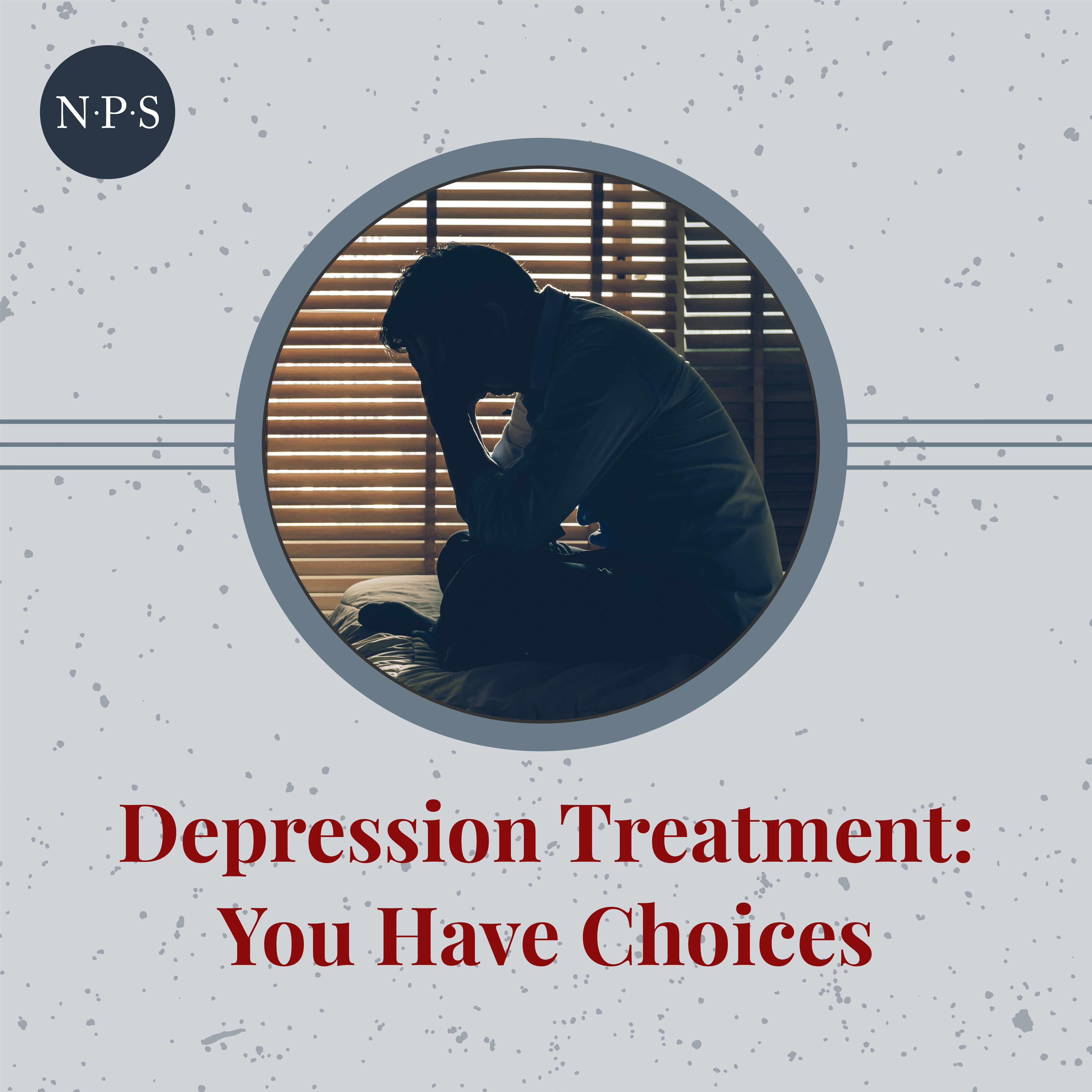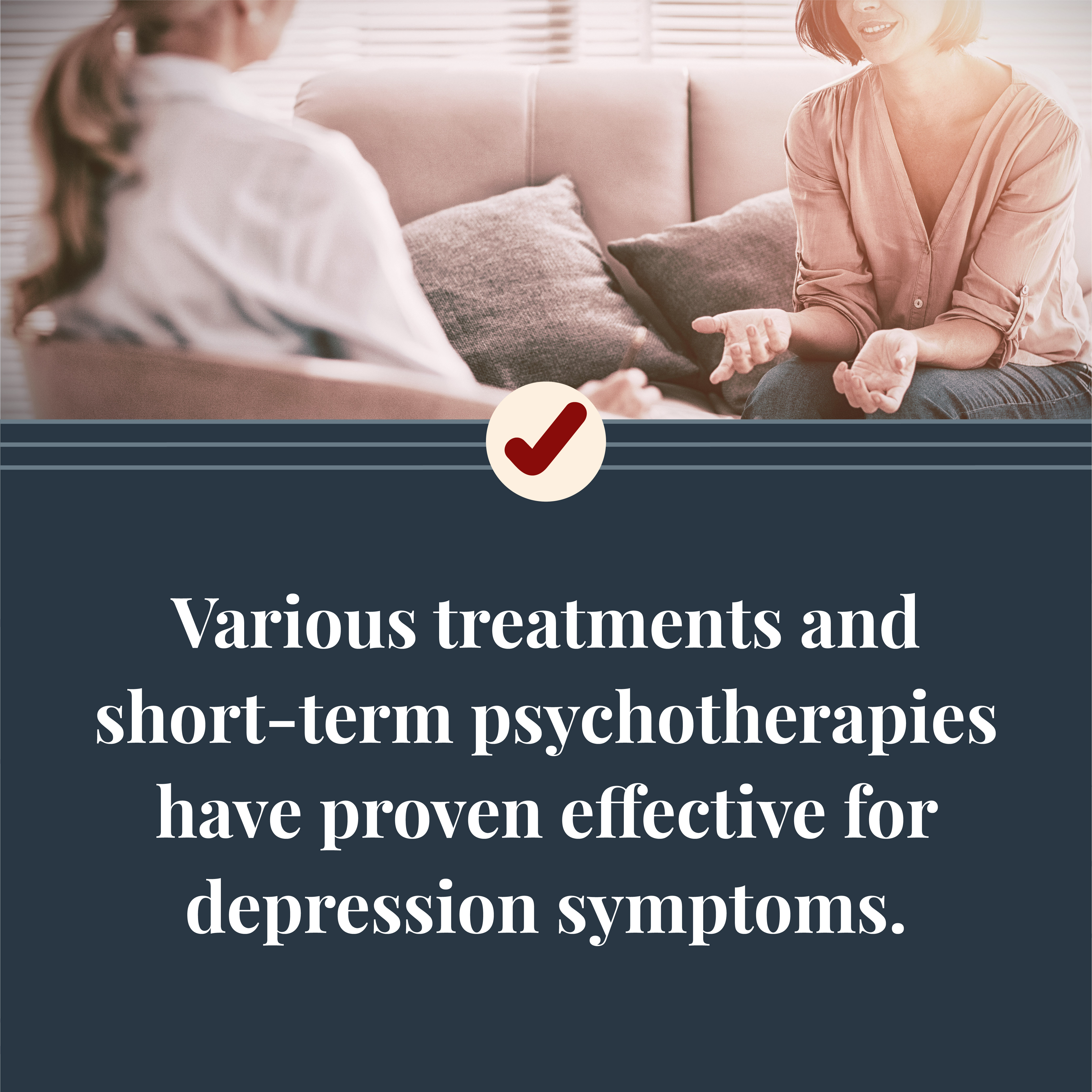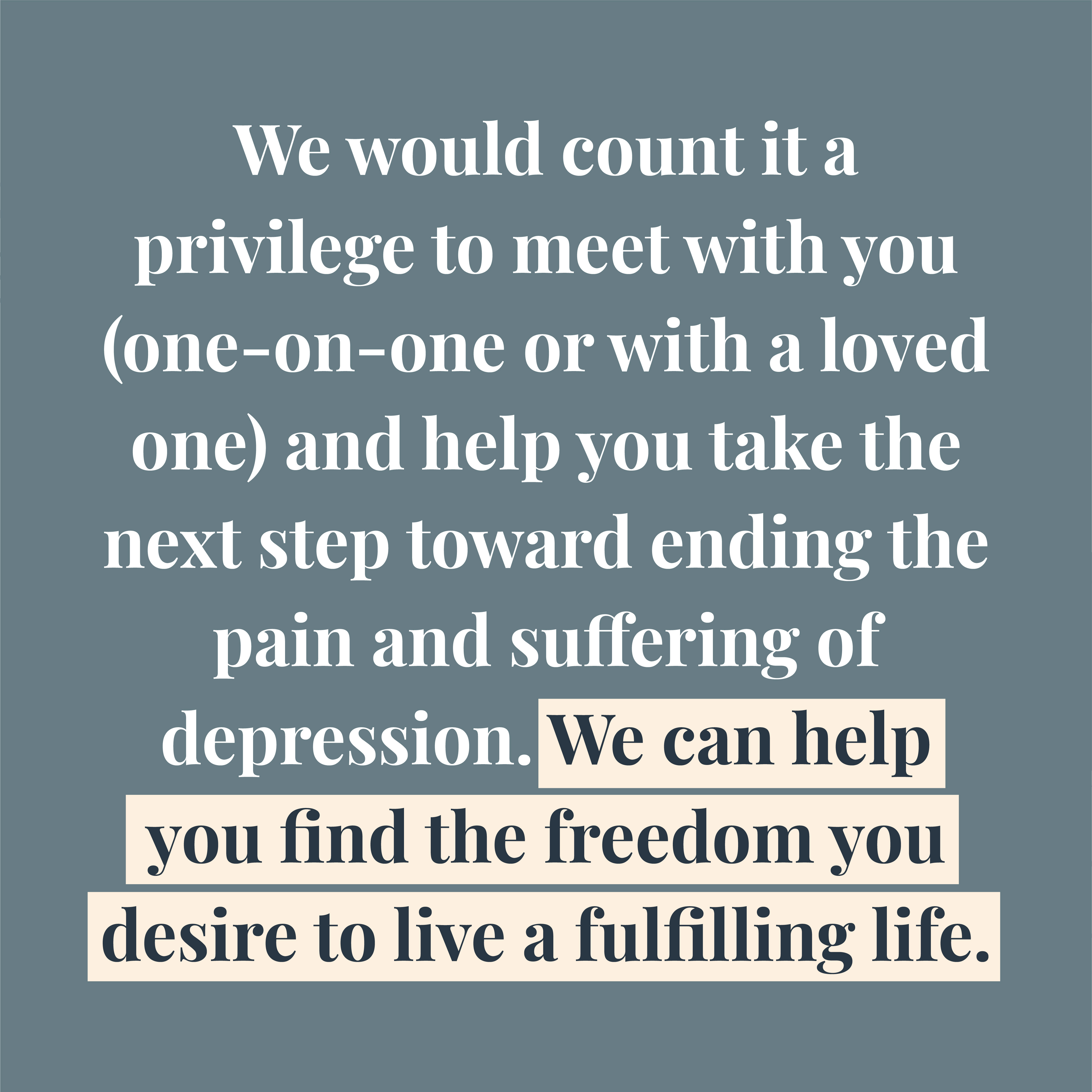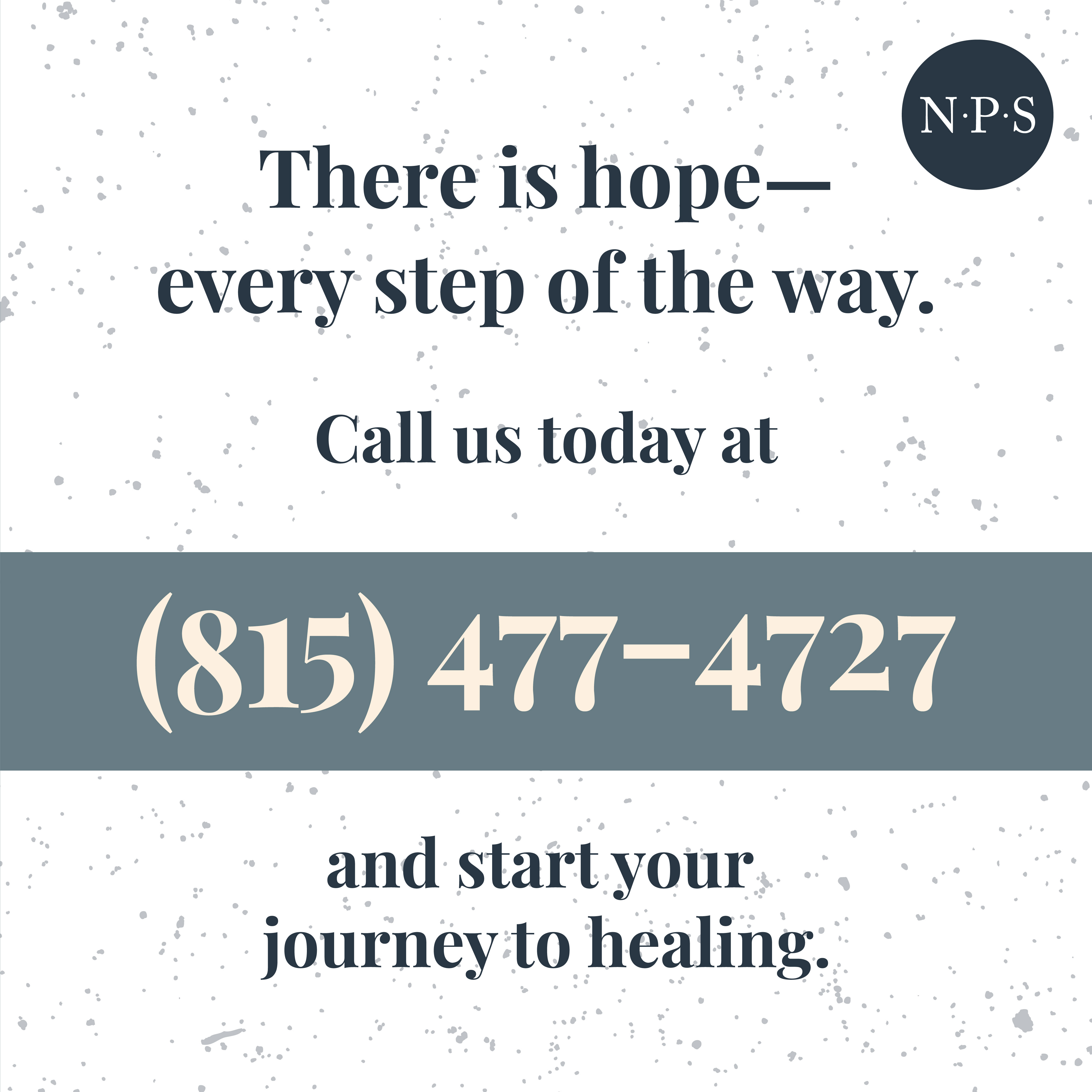What Is Light Therapy?
You may have heard about light therapy as a treatment for Seasonal Affective Disorder. That’s because it helps people struggling with SAD, who are often plagued by symptoms of sadness, exhaustion, social withdrawal, difficulty concentrating, and physical aches and pains.

But what you might not know about light therapy is that it’s also proven to help sufferers of sleep disorders, clinical depression, and more. If you’ve heard of light therapy and wondered whether it’s right for you, we’ve provided answers to some frequently asked questions about the treatment below:
How Does Light Therapy Work?
The cause of Seasonal Affective Disorder is not fully understood, but it is generally believed to be linked to limited access to sunlight. That’s why it is most common during the late fall and early winter months. Sunlight stimulates the brain in areas where mood, appetite, and sleep are controlled. So when natural light is hard to come by, your body may feel the effects.
Thankfully, we live in a modern age and have access to modern resources. Light therapy lamps mimic natural light and trigger the chemical changes in the brain that boost mood and ease the harmful symptoms of SAD. The best light therapy lamps provide an exposure of 10,000 lux of light and produce limited amounts of UV light.
Generally speaking, best practices are for a person to use their light therapy lamp within the first hour of their day and for about 30-60 minutes. We recommend that clients keep their eyes open during treatment, avoid looking directly at the light, and sit somewhere between 16 and 24 inches away from the lamp.
Can I Do Light Therapy at Home?
Perhaps the best aspect of light therapy is that it can be undertaken at home. In fact, it works best when it’s implemented as the first step of your morning routine. Although you can purchase a light therapy lamp without a prescription, it’s best to speak with a healthcare provider first to learn more about your options and discover which type of lamp will work best for you.
You should always use your light therapy lamp in accordance with manufacturer guidelines. You should also ask yourself these questions when shopping for a lamp:
- How much UV light does the lamp emit?
- How bright is it?
- Is it made specifically for the treatment of SAD (or whichever disorder you suffer from)?
- Will it fit in your home or the location in which you intend to use it?
- Can it cause eye damage?
Light therapy lamps come in a wide range of shapes and sizes and many have unique features. To learn more about the types of light therapy lamps our counselors recommend, give NPS a call.
Am I a Good Candidate for Light Therapy?
If you’re looking for a natural alternative to medication, light therapy can be a wonderful option. While it’s not right for everyone, you should talk to your healthcare provider about the treatment if you suffer from any of these conditions:
Insomnia
Sometimes, the cause of insomnia comes down to an off-kilter body clock. In those cases, light therapy can help you achieve a hard reset so that you feel more alert during the day and tired at night. Experts recommend using a light therapy lamp in the morning if you struggle with waking up. And if you tend to wake before your alarm clock, using the light therapy lamp in the evening is the best practice.
Dementia
Believe it or not, light therapy can also be helpful for individuals with dementia. While research is ongoing, early reports indicate that light therapy lamps can help to regulate the internal circadian rhythm of dementia patients.
Disrupted circadian rhythms are common in dementia and often lead to chronic sleep disorders and disruptive behavior through the night and into the day. Because there is still limited data concerning light therapy and dementia, it’s a good idea to talk to your loved one’s healthcare provider before starting treatment.
Depression
By now, you know that light therapy is effective in treating Seasonal Affective Disorder. But you should know that this treatment also benefits those with other types of depression, specifically major depression and perinatal depression. In fact, researchers from Harvard University have discovered that light therapy is about as effective in treating depression as antidepressants and even Cognitive Behavioral Therapy. Combining multiple types of therapies, like light therapy and CBT, often helps even more.
In addition to resetting your internal clock and regulating your body’s circadian rhythm, light therapy lamps may also improve your digestion, hormonal balance, and more. If you are feeling down or unwell, it may be time to consider light therapy. Spending more time outdoors and taking early morning walks can also help.
Are There Any Negative Side Effects of Light Therapy?
In general, light therapy is a safe and low-risk treatment. While negative side effects like headaches, skin irritation, and eye strain are possible, they are uncommon and typically mild. However, it is not recommended that people with the following conditions participate in light therapy:
- Diabetes
- Skin cancer (or a history of skin cancer)
- Systemic lupus erythematosus
- Retinal disease, like macular degeneration
It’s also best to avoid light therapy if you are on photosensitizing medications like melatonin, lithium, or phenothiazine antipsychotics. This is why we strongly recommend talking to your healthcare provider before purchasing a light therapy lamp.
We also recommend paying attention to your body’s responses after starting light therapy. If you are feeling overstimulated, you may want to decrease your therapy time to 15, rather than 30, minutes a day or stop the treatment entirely.
Should Light Therapy Be Used in Conjunction with Counseling?
For many people with SAD, light therapy is helpful in lowering the systems of the disorder–but it’s not always effective at removing those symptoms entirely. That’s why we recommend a combination of counseling and light therapy for our clients with this form of depression.
These two therapies are equally effective when used alone, but together they can achieve even greater results. If you believe your experience with Seasonal Affective Disorder is made worse by stress, unhealthy coping mechanisms, or negative thoughts, please give us a call. Our counselors offer Cognitive Behavioral Therapy, which is proven to help people in these areas.
We’d love to talk more about your experience with SAD and how Cognitive Behavioral Therapy can help. To schedule a free 15-minute meet and greet with a member of our team, call (815) 477-4727.
Are you ready to take the next step?
CONTACT US AND SCHEDULE YOUR FIRST APPOINTMENT TODAY.









